Boundless calligraphy draws outside the lines
By Zhang Kun ( China Daily ) Updated: 2014-01-10 09:44:03
 |
|
Chinese calligraphy and ink-and-color painting display a unique marriage under the brush of Shanghai artist Chen Heliang. Provided to China Daily |
As an advocate of ink art innovation, Chen Heliang does not like attempts by some artists in the field.
"One has to have solid training in calligraphy and know the tradition really well before making any attempts to innovate," he says. "Otherwise you don't have firm ground to stand on, let alone building something new on."
The 57-year-old painter and calligrapher from Shanghai has been widely exhibited and collected internationally.
He invented a new style of cursive script writing. Instead of leaving the right amount of blank space between the writing and its frame, Chen writes in unrestricted strokes that rush off the page. He named it "boundless calligraphy".
In 2013, Chen's paintings and calligraphy were on a weeklong exhibition at the United Nations building in New York.
His paintings and calligraphy have also been shown on the opening of Confucius Institutes in several countries, as part of the introduction to Chinese art and culture for international audiences.
Cursive script, or cao shu in Chinese, which translates literally to "grass script", signifies the ultimate peak of China's calligraphy art, he says.
The shorthand writing features quick and rough strokes that are connected between each character. By the second century, China's cursive script broke from other calligraphy styles to develop its unique aestheticism. Master artists combined the rhythm of music, literary taste and the freedom of poets to create masterpieces of calligraphy.
The seemingly effortless strokes can only be achieved after years-or even decades-of disciplined training.
A review by Li Qian in the newspaper Culture Daily praised Chen's calligraphy, saying: "The rapid strokes are like thunderstorms in a strong gale, while a turn of the brush leads to a slow stroke that reminds readers of a blossom waving slightly in the sun."
|
|
|
|
|
|
|
|



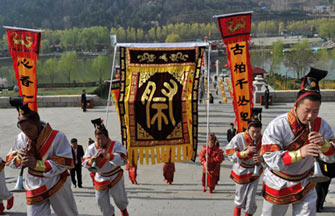
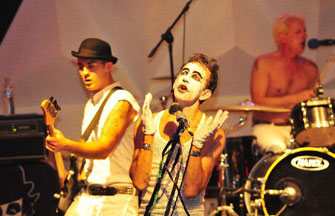
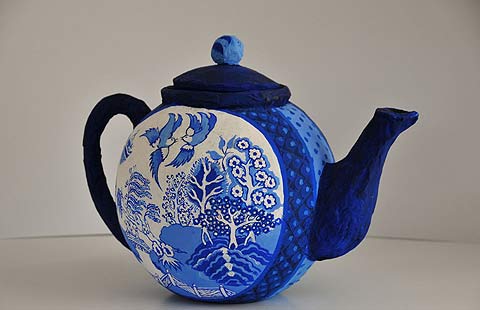
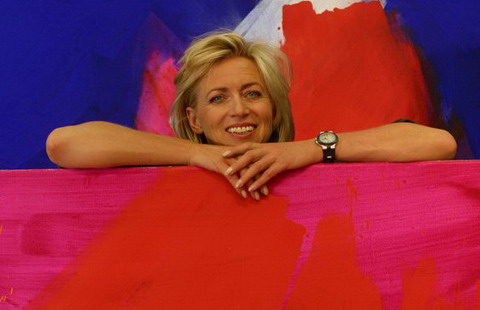

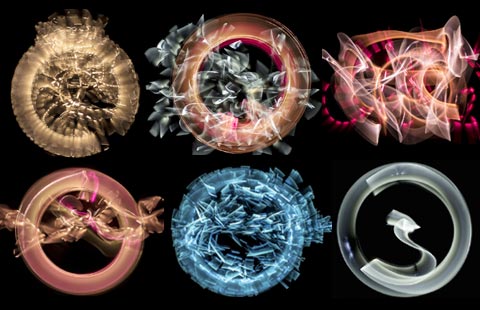
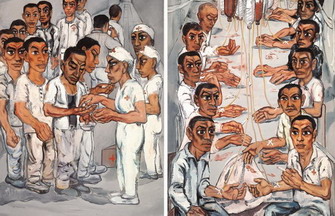


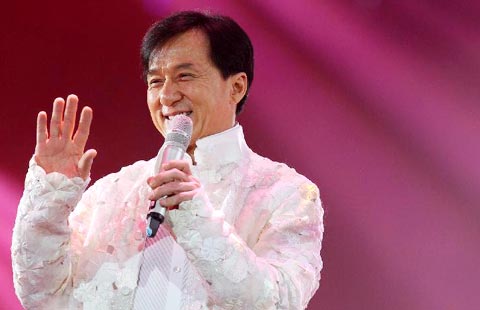
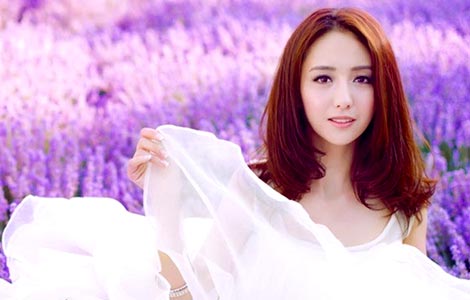

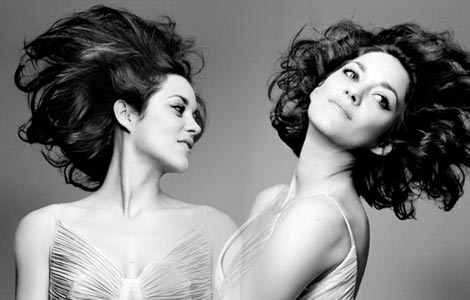

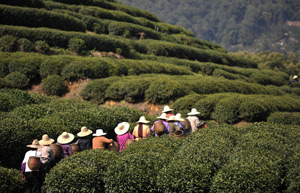






 Raymond Zhou:
Raymond Zhou: Pauline D Loh:
Pauline D Loh: Hot Pot
Hot Pot Eco China
Eco China China Dream
China Dream China Face
China Face





